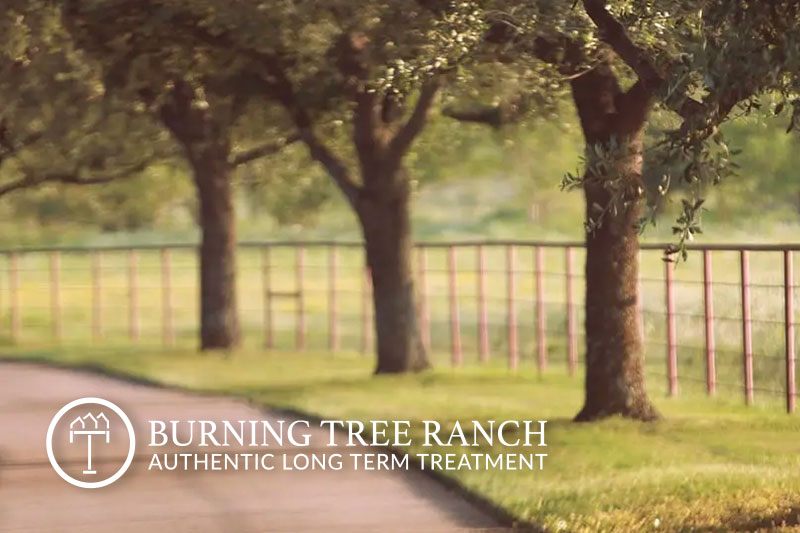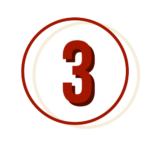Obsessive-Compulsive and Related Disorders in a Dual Diagnosis with Substance Use
Long-term treatment is crucial for individuals with Obsessive-Compulsive and Related Disorders (OCRDs) and addiction because these conditions are chronic and can significantly impair daily functioning.
Obsessive-Compulsive Disorders As Classified by the DSM-5
The DSM-5 lists several disorders under the category of Obsessive-Compulsive and Related Disorders, each with its unique features:
Obsessive-Compulsive Disorder (OCD)
Characterized by the presence of obsessions (intrusive, unwanted thoughts or images that cause distress) and compulsions (repetitive behaviors or mental acts that an individual feels compelled to perform in response to an obsession or according to rigid rules).
Body Dysmorphic Disorder
Involves a preoccupation with one or more perceived defects or flaws in physical appearance, which are not observable or appear slight to others. This preoccupation causes significant distress or impairment in social, occupational, or other areas of functioning.
Hoarding Disorder
Characterized by persistent difficulty discarding or parting with possessions, regardless of their actual value, due to a perceived need to save the items and distress associated with discarding them. This leads to clutter that disrupts living spaces and significantly impairs functioning.
Trichotillomania (Hair-Pulling Disorder)
Involves recurrent pulling out of one’s hair, resulting in hair loss. The hair pulling causes clinically significant distress or impairment in social, occupational, or other important areas of functioning.
Excoriation (Skin-Picking) Disorder
Characterized by recurrent skin picking resulting in skin lesions. The picking is often done in response to feelings of anxiety or boredom and can lead to significant distress or impairment.
Substance/Medication-Induced Obsessive-Compulsive and Related Disorder
The symptoms of an obsessive-compulsive and related disorder are attributed to the physiological effects of a substance (e.g., a drug of abuse, a medication) or withdrawal from a substance.
Obsessive-Compulsive and Related Disorder Due to Another Medical Condition
The symptoms are the direct physiological result of another medical condition.
Other Specified Obsessive-Compulsive and Related Disorder
his category applies to presentations that cause clinically significant distress or impairment but do not meet the full criteria for any of the disorders in the obsessive-compulsive and related disorders diagnostic class. This includes symptoms like body-focused repetitive behavior disorders and obsessive jealousy.
Unspecified Obsessive-Compulsive and Related Disorder
Used when the clinician chooses not to specify the reason the criteria are not met for a specific obsessive-compulsive and related disorder, including when there is insufficient information to make a more specific diagnosis.
Complications Arising from Interaction
Increased Severity of Symptoms
Individuals with both an OCRD and an addiction may experience more severe symptoms of both conditions. The compulsive behaviors of OCD, for example, can become more intense when combined with substance use, as substances may be used in an attempt to self-medicate or alleviate OCD symptoms, leading to a worsening of both conditions.
Treatment Challenges
The presence of both disorders can complicate treatment. Traditional treatments for OCRDs, such as cognitive-behavioral therapy (CBT) and selective serotonin reuptake inhibitors (SSRIs), may need to be adjusted when an individual also struggles with addiction. Substance use can interfere with the effectiveness of therapeutic interventions and medication adherence.
Increased Risk of Relapse
Individuals with OCRDs who also have an addiction may have a higher risk of relapse into substance use, as they might use substances as a coping mechanism for their OCD symptoms. Conversely, engaging in compulsive behaviors can lead to a pattern of substance use as a form of relief.

Navigating the Complexities: Prevalence Rates of Obsessive-Compulsive and Related Disorders in the Shadow of Addiction
While specific percentages can vary widely depending on the study, population, and methodology used, I can provide some general estimates related to Obsessive-Compulsive and Related Disorders (OCRDs) and their interaction with addiction based on available literature up to my last update in April 2023.
These estimates should be taken as indicative and subject to change as new research emerges:

Prevalence of OCRDs
Obsessive-Compulsive Disorder (OCD) affects about 1-2% of the population at some point in their lives. For other related disorders like Body Dysmorphic Disorder, Trichotillomania (Hair-Pulling Disorder), and Excoriation (Skin-Picking) Disorder, prevalence rates can vary. Still, they are generally thought to affect a similar or smaller percentage of the population.

Co-occurrence of OCRDs and Addiction
Studies suggest that individuals with OCD may have a higher lifetime prevalence of substance use disorders compared to the general population, with estimates ranging from 25% to 35%. This indicates that a significant minority of individuals with OCD may also struggle with addiction.

Substance Use among Individuals with OCRDs
Specific to OCD, alcohol, and tobacco use disorders are among the most commonly reported, with varying rates. For example, the lifetime prevalence of alcohol use disorders in individuals with OCD can range from approximately 20% to 30%. In contrast, for tobacco use, it might be slightly higher, depending on the study.

Treatment and Recovery Rates
The success rates for treating OCRDs with standard treatments (such as cognitive-behavioral therapy and medication) are generally reasonable, with around 40-60% of patients with OCD responding well to first-line treatments. However, the presence of a co-occurring substance use disorder can complicate treatment and may require integrated treatment approaches, potentially affecting these success rates.

Impact of Integrated Treatment Approaches
For individuals with co-occurring OCD and substance use disorders, integrated treatment programs that address both conditions simultaneously are recommended. While specific success rates for these programs can vary, they are generally considered more effective than treating each condition in isolation.
These percentages highlight the significant overlap between OCRDs and addiction, underscoring the need for comprehensive assessment and treatment planning to address the complex needs of individuals affected by both sets of conditions.
Research on the Interaction
Some research indicates that individuals with OCD may have higher rates of substance use disorders compared to the general population, particularly with substances like alcohol, tobacco, and cannabis.
Studies also suggest that the self-medication hypothesis may play a role where individuals with OCD use substances to alleviate the distress or anxiety caused by their obsessions and compulsions. This coping mechanism can lead to the development of an addiction, creating a vicious cycle that exacerbates both conditions.
Treatment Implications
Effective treatment for individuals with both OCRDs and addiction often requires an integrated approach that addresses both conditions simultaneously. This might include a combination of pharmacotherapy, CBT, and support for substance use disorders, such as participation in addiction recovery programs. Tailoring treatment to the individual’s specific needs, considering the interplay between OCRDs and addiction is crucial for achieving the best outcomes.
Long-Term Treatment for Obsessive-Compulsive Disorders
Final Words for Families Struggling with ocdrs and addiction
Long-term treatment is crucial for individuals with Obsessive-Compulsive and Related Disorders (OCRDs) and addiction because these conditions are chronic and can significantly impair daily functioning.
Continuous treatment supports sustained management of symptoms, prevents relapse, and addresses underlying issues contributing to the disorders. It enables gradual improvement in coping strategies, enhances quality of life, and ensures adaptations to treatment can be made as individuals evolve. Ultimately, long-term care offers a pathway to stability, recovery, and a healthier life.

